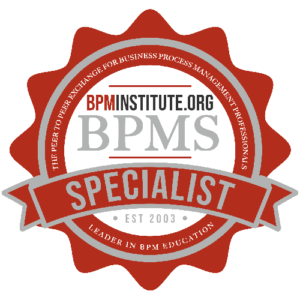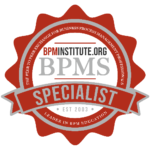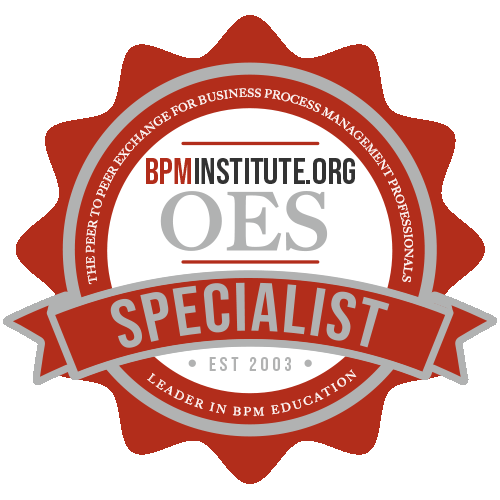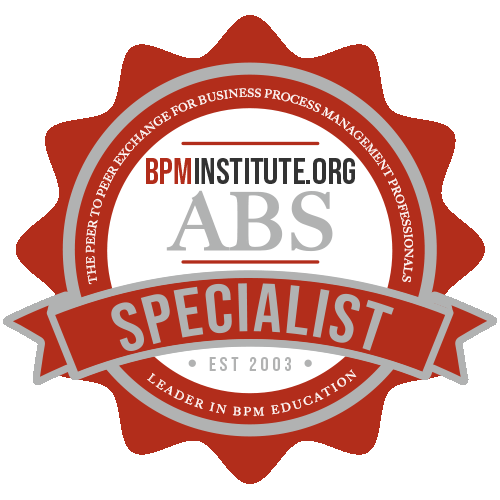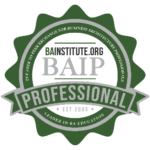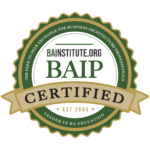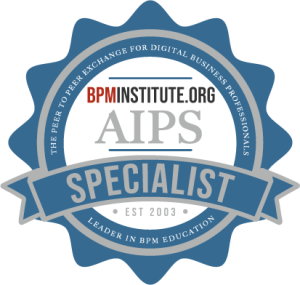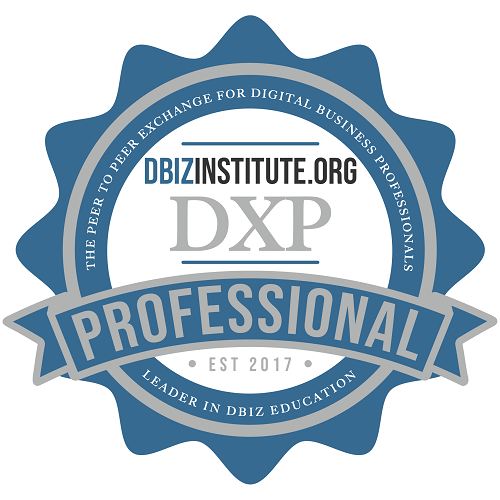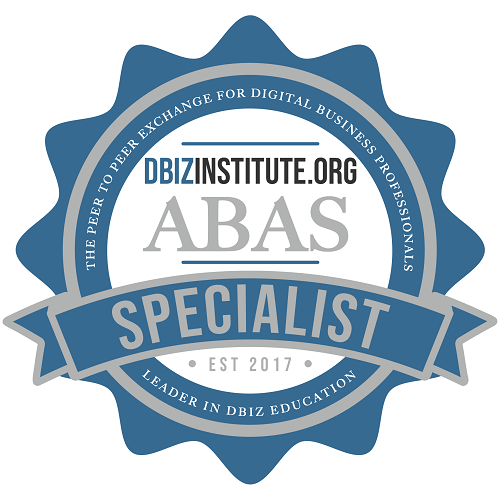Featuring: Gary Chan, Project Leader of IT, City of Walnut Creek, CA
No More Business as Usual
As the industrial age emerged, it was the marshalling of capital that reigned supreme. Capital-intensive mass production led to such success that the barons, the Carnegies, Fords and Rockefellers, are household names to this day. Then as the making of things became widespread, attracting competitors from across the globe, capital-enabled mass production was no longer sufficient. Market differentiation became the magic sauce of success. Manufacturers began to segment markets and add features to their products to appeal to those market segments.

Ready, Fire, Aim
OK – so you’re ready to deploy BPM for improved performance. Maybe you’ve even identified a candidate business process where the application of BPM principles, practices and technology is likely to yield business benefit.
So what should you do if you want to optimize your chances of success? First of all, in spite of what some might say, don’t start with technology! Starting with technology is most likely to result in the situation ‘Ready, Fire, Aim.
Sure – technology is the key enabler – but it is just that – an enabler.
The Current State of BPM Technology: A Taxonomy and Strategy
Featuring: Bill Chambers, Principal Analyst, Doculabs

Extracting Business Rules from Legacy Systems
You are in charge of retooling business processes for customer services. Your analysis found that several regional service centers can use a common set of standardized, streamlined business processes to improve customer service and reduce business expenditures. Unfortunately, each business unit relies on unique, back-end applications that perform similar, yet conflicting and redundant functions. This could undermine the entire initiative.
BPM Can Enable Process Agility Which Can Enable Enterprise Agility
Brian Cooper, Managing Partner, Live Oak BPM Solutions and Board Member, ABPMP.org.

Revisiting the Process-Centric Company
BPMInstitute’s State of Business Process Management study, released 8/2/2004, shows that companies are, indeed, seeking to transform themselves into process-centric organizations and consider this transformation to be critical to the company’s future success. Responding enterprises agreed that effectively architecting and managing a process-driven enterprise requires strategic planning of business goals, identification of mission-critical business processes and specification of desired process improvement outcomes
Process Improvement Through Performance Assessment Leverage Investments Before Upgrading ERP and CRM Systems
Summary
Extending CRM with Hosted BPM
A few years ago, when I was heading up the telecommunications industry group for a Fortune 500 software company, we had a saying, “There’s no such thing as a standard price quote.” Virtually every deal called for special pricing relative to the particular needs of the customer, whether scope of deployment, customization or a host of other factors. So rather than closing business based on pre-set pricing guidelines, the salespeople had to literally walk every deal through a fairly onerous approvals routine, involving lots of phone calls, emails, faxes and spreadsheets.
